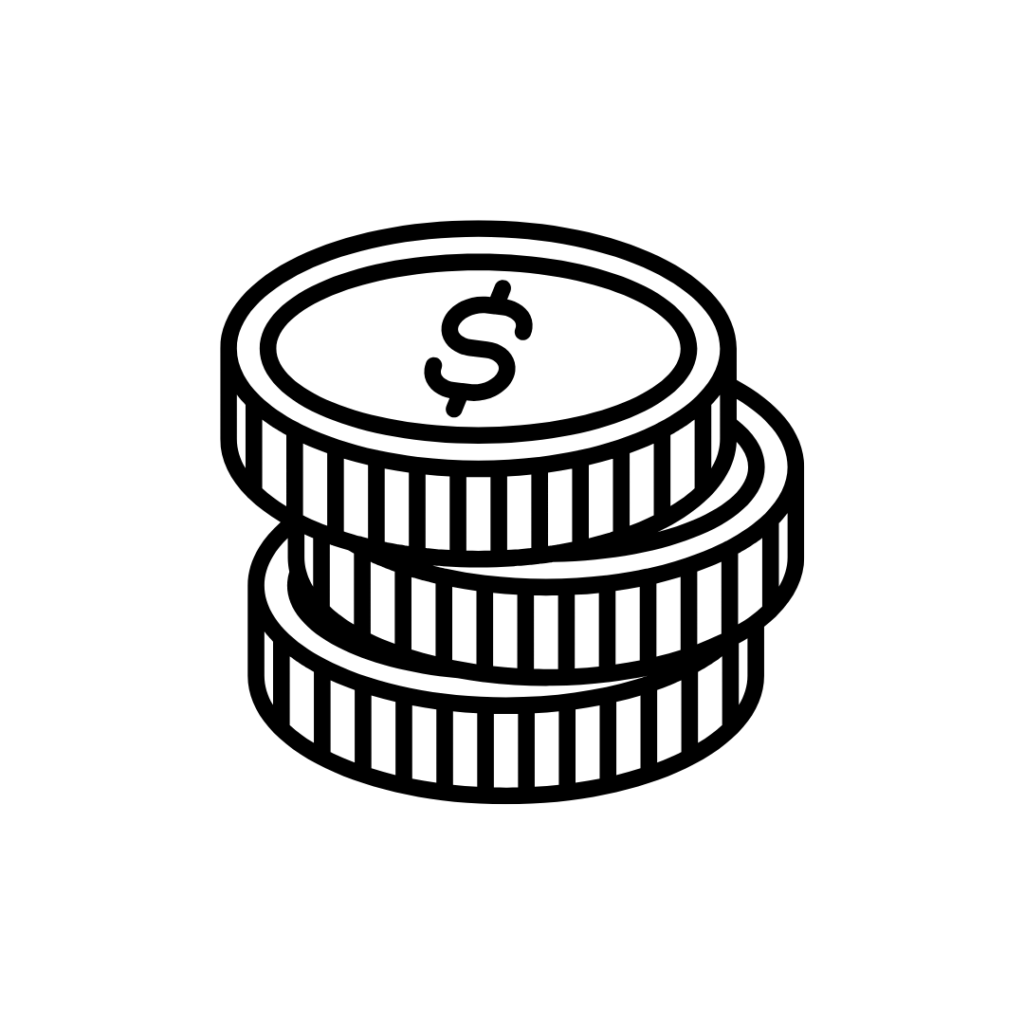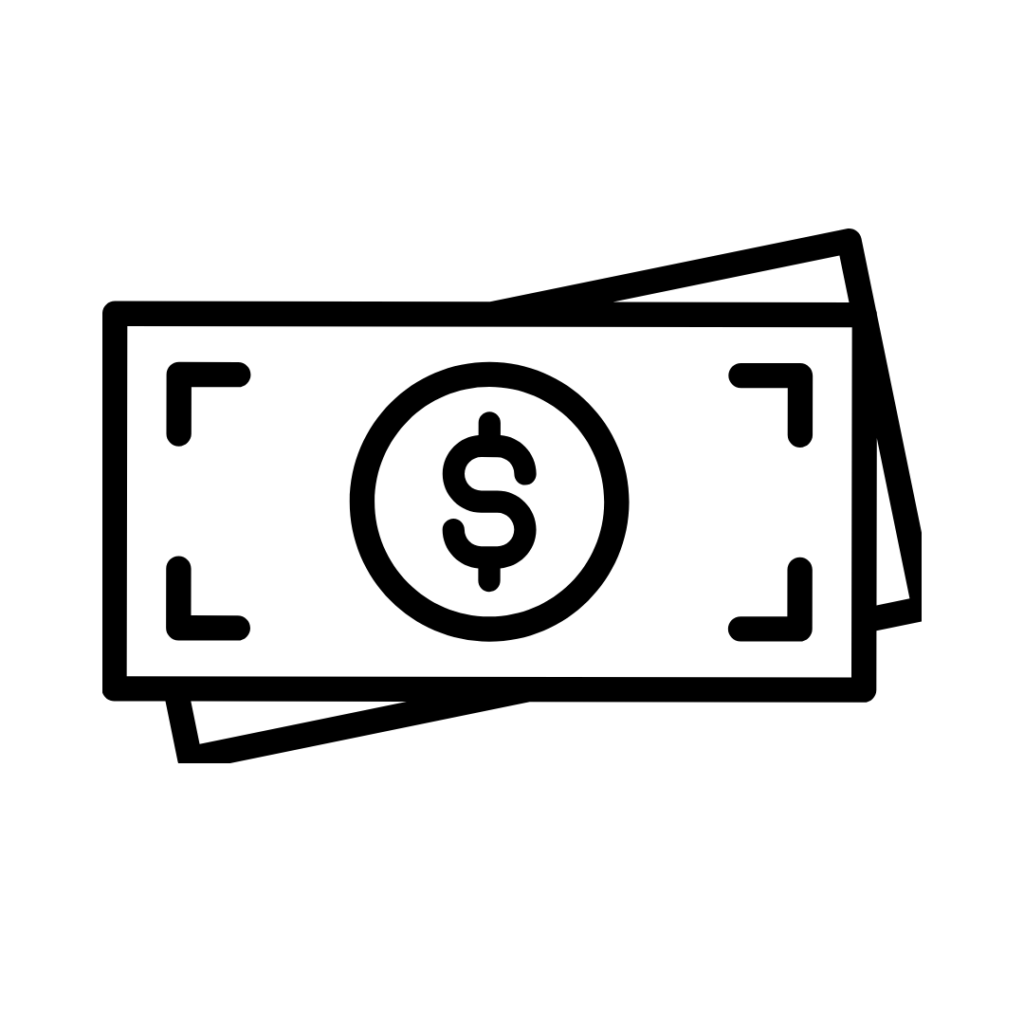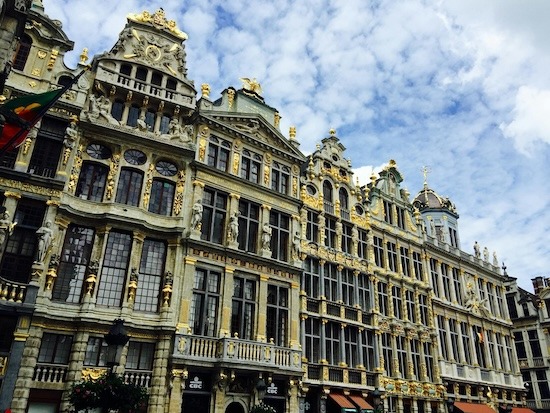Day 1: Belgian Classics
Morning: Start your day in Grand Place, one of the most stunning squares in Europe and a UNESCO World Heritage Site. The square is lined with ornate guildhalls, each adorned with intricate carvings, gold details, and historical emblems. Be sure to take in the grandeur of Brussels Town Hall, a Gothic masterpiece from the 15th century, and the Maison du Roi, home to the Museum of the City of Brussels.
From Grand Place, take a short walk to Manneken Pis, Brussels’ famous little peeing statue. While it might seem underwhelming at first, this cheeky bronze figure has a fascinating history dating back to the 17th century. Locals frequently dress him in different outfits, so you might spot him in a quirky costume.
Before heading to your next stop, treat yourself to a Belgian waffle from one of the many vendors nearby. The Brussels waffle is light, crispy, and best enjoyed with just a dusting of powdered sugar—though you can add chocolate, whipped cream, or strawberries if you’re feeling indulgent.Next, stroll through the elegant Galeries Royales Saint-Hubert, a historic shopping arcade with a beautiful glass roof. Browse luxury boutiques, bookshops, and chocolatiers, where you can sample pralines, truffles, and other Belgian confections.
Afternoon: Head to Mont des Arts, a cultural hotspot offering some of the best panoramic views of Brussels. From this elevated spot, you can admire the rooftops of the city and spot landmarks like the Palace of Justice in the distance.
Art lovers will enjoy the Magritte Museum, which showcases the surrealist works of Belgian artist René Magritte. If you prefer classical European art, visit the Royal Museums of Fine Arts, which house masterpieces from Flemish painters such as Bruegel and Rubens.
For lunch, enjoy a hearty Belgian dish like carbonnade flamande (a slow-cooked beef stew with beer) or vol-au-vent (a creamy chicken and mushroom pastry).
After lunch, explore Place Royale, where you’ll find the Royal Palace of Brussels. While the palace is not the official residence of Belgium’s royal family, it is used for official functions. Though you can’t always enter, its grand neoclassical facade is worth admiring. Nearby, take a relaxing break at Parc de Bruxelles, the city’s main urban park.
Evening: Dine at a cozy Belgian restaurant offering traditional dishes like moules-frites (mussels with fries) or waterzooi (a creamy fish stew). After dinner, head to Delirium Café, a legendary bar known for having the world’s largest beer selection. With over 2,000 types of beer, including rare Trappist brews, this is the perfect place to experience Belgian beer culture.

Save Tip: Head out for brunch and then grab a quick mid-afternoon snack with a delicious serving of Belgian frites from a food stall. These fries, served with a variety of sauces, are a must-try!

Splurge Tip: Indulge in a chocolate-tasting tour, where you can visit Brussels’ best chocolatiers and learn about the art of Belgian chocolate-making.
Day 2: Art and Culture
Morning: Belgium is the birthplace of world-famous comic characters like Tintin, The Smurfs, and Lucky Luke. The city celebrates this legacy with over 60 comic strip murals painted on buildings throughout Brussels.
Start your morning at the Tintin Mural on Rue de l’Étuve, which depicts Tintin, Snowy, and Captain Haddock climbing down a fire escape. Then, follow a walking route to spot other murals, including:
- Lucky Luke Mural (Rue de la Buanderie) – Featuring the cowboy hero in a Western showdown.
- Gaston Lagaffe Mural (Rue de l’Écuyer) – Showcasing the lazy yet lovable office worker.
- The Smurfs Mural (Porte de Namur) – A fun tribute to the tiny blue creatures.
You can explore these murals on your own or join a guided comic strip tour to get insights into the artists and the significance of the works.
Afternoon: Head to Parc du Cinquantenaire, home to one of Brussels’ most impressive monuments, the Arcade du Cinquantenaire. You’ll also find the Royal Museum of the Armed Forces, which features military history exhibitions, and Autoworld, a museum showcasing vintage and luxury cars.
For lunch, stop by a local brasserie and try a classic dish like croquettes aux crevettes (grey shrimp croquettes).After lunch, visit the Sablon district, a sophisticated neighborhood known for antique shops and chocolate boutiques. Step inside Église Notre-Dame du Sablon, a stunning Gothic church with beautiful stained-glass windows, before browsing the luxury chocolate stores at Place du Grand Sablon.
Evening: For dinner, enjoy a warm and inviting atmosphere at a Belgian restaurant serving dishes like rabbit in Gueuze beer or stoemp (mashed potatoes with vegetables and sausage).

Save Tip: Instead of joining a guided comic strip tour, you can explore these murals on your own by looking up and following online maps of where these comic murals are located all over city.

Splurge Tip: Take a Belgian brewery beer tour, where you’ll get an in-depth look at the brewing process and sample some of Belgium’s finest craft and Trappist beers.
Day 3: Day Trip to Bruges
On your final day, take a short train ride to either Bruges or Ghent, both of which offer a medieval charm that feels like stepping back in time.
Ghent: Explore the imposing Gravensteen Castle, admire the art at St. Bavo’s Cathedral, and wander along the scenic Graslei and Korenlei streets. Don’t miss trying Gentse Waterzooi, a creamy Flemish stew.
Bruges: Stroll through Markt Square, visit the Belfry of Bruges, and take a canal boat tour for picturesque views. Stop by the Basilica of the Holy Blood, which houses a revered relic, and warm up with a Belgian hot chocolate in one of the city’s cozy cafés.

Save Tip: Skip expensive guided tours to Bruges or Ghent—use Belgium’s efficient train system for an affordable day trip.

Splurge Tip: Book a private canal boat tour in Bruges for a more exclusive and scenic experience.

Brussels is a very walkable city. Sign up for free walking tours. One of my personal favorites is Sandiman Walking Tours.

